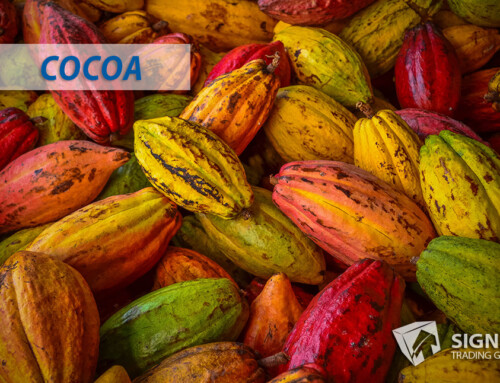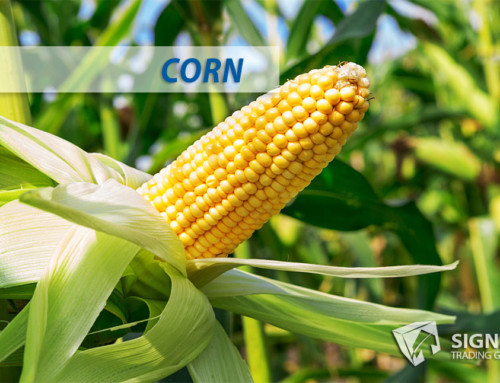Welcome, weather enthusiasts and curious minds! Today, we’ll delve into the fascinating world of the El Niño weather pattern. We will explore what it is, how it forms, and its main components. We will also discuss its impact on weather, climate change, and the environment.
El Niño 101
El Niño is a cyclic phenomenon of temperatures in the tropical Pacific Ocean that can occur every few years. It’s part of the greater El Niño-Southern Oscillation (ENSO) cycle and leads to warmer than usual ocean surface temperatures, with far-reaching effects on global weather, climate, and ecosystems. La Niña is the cooler counterpart to El Niño.
The main components of the El Niño weather pattern are:
- Ocean warming: Anomalously warm sea surface temperatures spread across the central and eastern tropical Pacific.
- Atmospheric circulation changes: Weaker trade winds that affect the movement of warm water and precipitation.
- Altered rainfall patterns: Global precipitation patterns shift, leading to floods or droughts in various regions.
Development and Phenomena
El Niño develops due to weakened trade winds in the tropical Pacific, which allows warmer waters to accumulate on the surface. This, in turn, suppresses the typical upwelling of cooler, nutrient-rich waters. The altered ocean-atmosphere interaction leads to changes in global atmospheric circulation, affecting global weather. Some unique weather phenomena associated with El Niño include:
- Increased rainfall in the central and eastern Pacific.
- Drier conditions in western Pacific nations like Indonesia and Australia.
- Warmer and wetter winters in the southern United States.
- Drier and cooler conditions in Southeastern Africa.
Notable El Niño Events
The El Niño 1997-1998 left a lingering and extensive impact. Its unpredictable weather caused significant and widespread flooding, landslides in South America, and severe droughts in Indonesia. Experts report that the cost of damage caused by this particular event was staggering, with estimates ranging between $35 to $45 billion. In addition, its intensity was unprecedented, and it remains one of the strongest El Niño-Southern Oscillation cycles on record.
Likewise, the aftermath of the 2015-2016 El Niño was equally profound and far-reaching. Rated as one of history’s most robust and powerful events, it resulted in harsh droughts in Southern Africa and South America. The severe droughts caused severe food insecurity and widespread wildfires leading to devastating effects that to date remain unforgettable.
Impact on Industries
El Niño’s effects can be felt across various industries:
- Agriculture: Altered rainfall patterns can lead to crop failures and reduced yields, threatening food security.
- Fishing: Warmer waters and reduced nutrient upwelling can significantly impact fish populations, leading to diminished catches, particularly in the eastern Pacific.
- Transportation: Weather changes can disrupt shipping routes, cause road closures from flooding or landslides, and impact air travel due to storms.
The El Niño weather phenomenon occurs at intervals and can significantly impact the world’s weather patterns, climate change, and different sectors. Its formation involves the interaction between atmospheric circulation changes and ocean surface temperatures, which can result in floods or droughts in various regions. Therefore, it is crucial to comprehend the El Niño weather pattern and its effects to develop effective adaptation and mitigation strategies.





